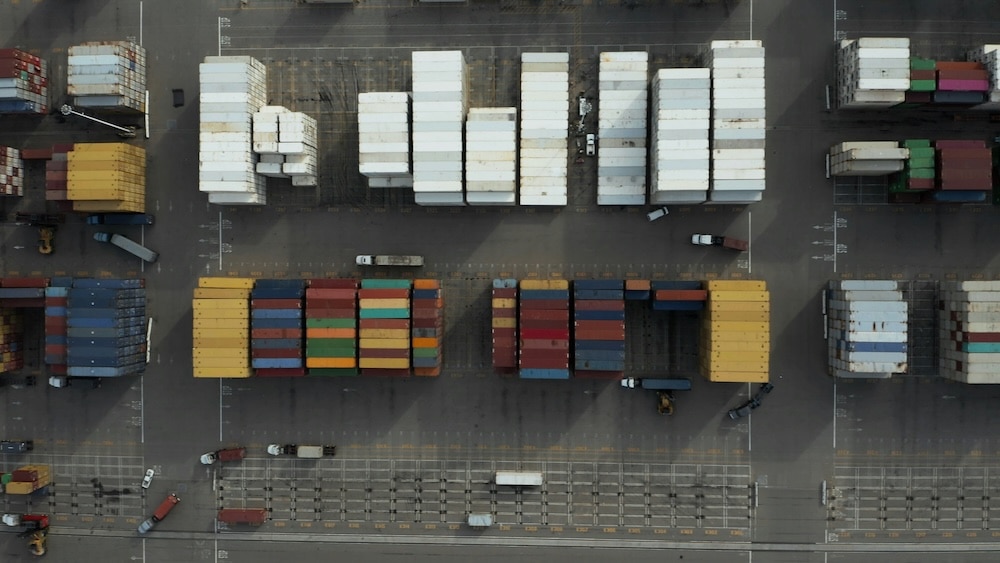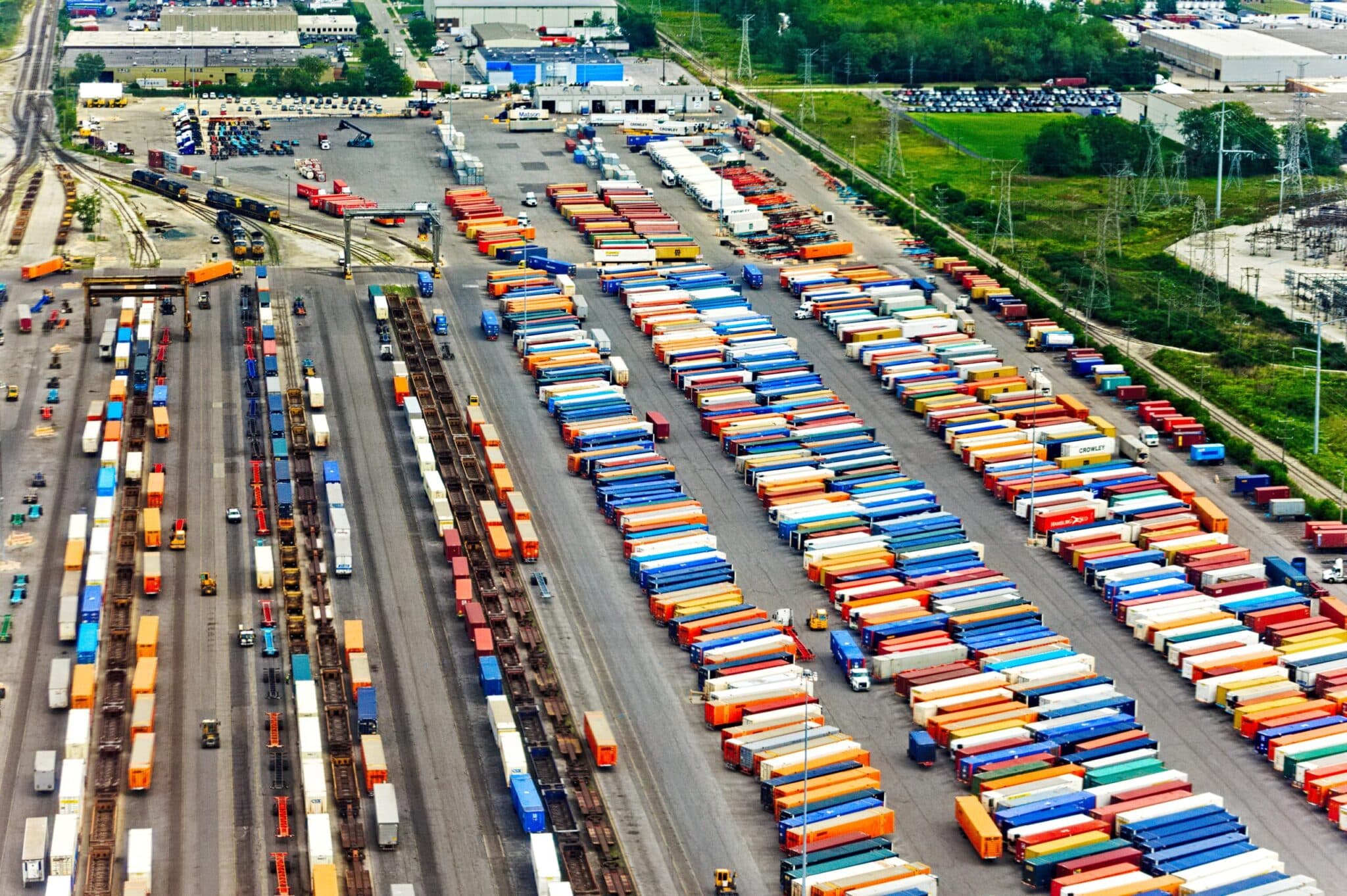Whether companies are rushing to find savings among their high-volume shipping contracts, or leverage business intelligence to help them ship smarter, shipping in 2023 has changed dramatically from the industry we had pre-COVID. As the industry continues to supplement their operations with more flexible practices and still take steps to keep costs down among the annual parcel carrier GRIs, there are a few trends that have found their footing in the world of shipping, encouraging change and growth into 2023.
The Shipping Industry is Still Rebounding from Supply Chain Disruptions
Stressors on the supply chain have been more prevalent than ever before, thanks to a variety of factors resulting from the global pandemic. With 2022 being one of the most turbulent years for supply chain disruptions, shipping professionals everywhere have taken a more proactive approach to monitoring and adapting to the instability we’ve come to know over the past three years. The trends that have found their footing this year have highlighted the favorability of agile operations over traditional, less flexible practices, and–by all accounts–they appear to be the new standard procedures in our modern industry.
Four Trends Sticking Around to Impact the Industry in 2023
1. Sustainable Initiatives
With the growing frequency of extreme weather events impacting both the supply chain and the everyday execution of work for major parcel carriers and last mile delivery companies, green initiatives were a huge topic of discussion at the end of Q4 2022. While this has been a hot topic in previous years, the growing customer and stakeholder demand for sustainable business practices has grown exponentially, leading both high-volume shippers and parcel carriers to implement a variety of green procedures in response.
Additionally, both the United States and European Union introduced rules and directives with the goal of increasing the visibility of supply chain sustainability at every level. With these mandates in effect across much of the western world, Q1 2023 has shown that supply chain resilience and proactive planning are key as the shipping industry continues to work through weather events and identify and mitigate risk wherever possible. These practices have included everything from eco-friendly warehouse practices and electric or hybrid vehicles, to climate-minded supply chain management.
2. Supply Chain Agility
If the global COVID-19 pandemic taught the shipping world anything, it’s that supply chain agility is the direction our industry will continue to pivot toward for the foreseeable future. The objectives of a leaner supply chain are to ultimately cut costs, keep up with the push for digitization, and have more end-to-end visibility in the overall design and operation of a supply chain. In 2023, we’ve seen this through the rising popularity of microwarehouses that enable parcel carriers to offer fast delivery to more locations, as well as microsupply chains that allow companies to remain flexible enough to adapt to sudden changes in market demands or stressors on the supply chain.
3. AI & Automation
With agility being the focus of many around the industry, efforts to implement AI and machine learning have accelerated in recent quarters, with automation going hand-in-hand with this future-ready technology focus. The 2022 MHI annual survey reported that, when compared to all other advanced technologies involved, AI is set to see the fastest growth over the next five years.
So far, this year has seen the expansion of the AI/machine learning and automation markets, with both beginning to make their mark in the shipping industry. While it will be years before either will be adopted industry-wide, the push for augmented reality in warehousing and AI technology at every level of the supply chain has garnered attention and innovation in a previously underutilized sector of the industry.
4. Supply Chain Visibility Through IoT
With the introduction and integration of these high speed, minimal latency technologies and their wireless capabilities across the world, billions of new IoT connections are being fostered, increasing the capabilities of the shipping industry. This technological expansion has given way to better visibility of every aspect of the supply chain, whether it’s in production, general forecasting, or inventory management.
In 2023, we’ve seen this in use cases like the improved tracking of packages and the occasional use of drones and other robots in warehouse and fulfillment settings. The enhanced visibility these and other applications have provided have given companies across the industry the ability to proactively anticipate market demands, minimized downtime overall, and the opportunity to identify gaps where ROI or assets can be optimized.
While it’s second nature to think about streamlining your supply chain and increasing your visibility when you’re in the shipping industry, each year brings its own unique challenges and trends that ask you to think outside the box to solve and adapt. At Reveel, our platform gives you the analysis tools to understand what you need to improve your efficiency and shipping spend. Contact us to get started and learn how you can leverage your data to get the most from your parcel shippers.
The Reveel App uses AI and machine learning to provide an unparalleled look into what’s impacting your bottom line. Through invoice audits, AI and Machine Learning technology, and rate modeling/simulations, you can see the health of your operation and assess pricing changes from parcel carriers like FedEx and UPS. Get a demo of Reveel to see how you can leverage automation to synthesize your data, ship more for less, and reduce the time needed to identify issues and action items.




